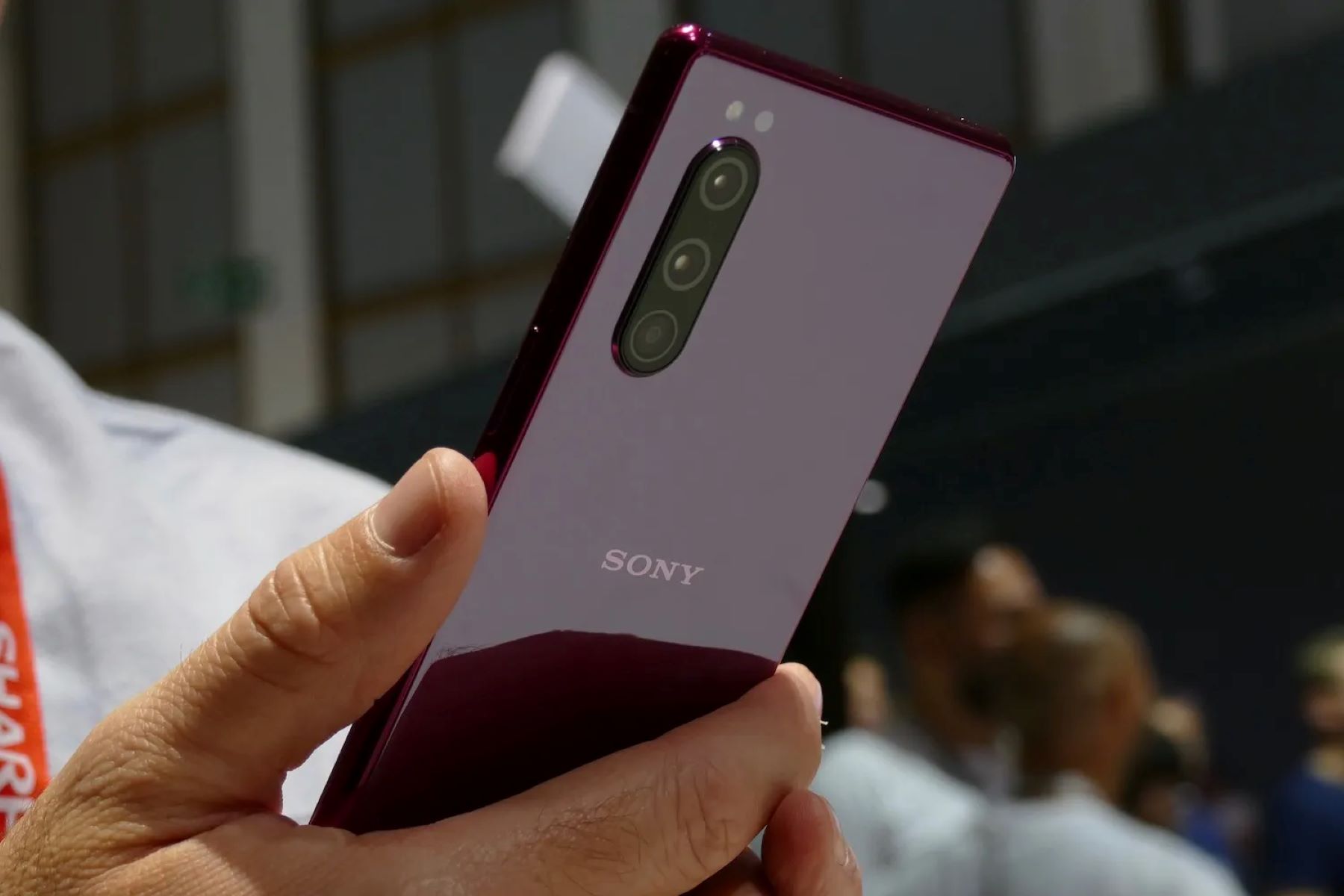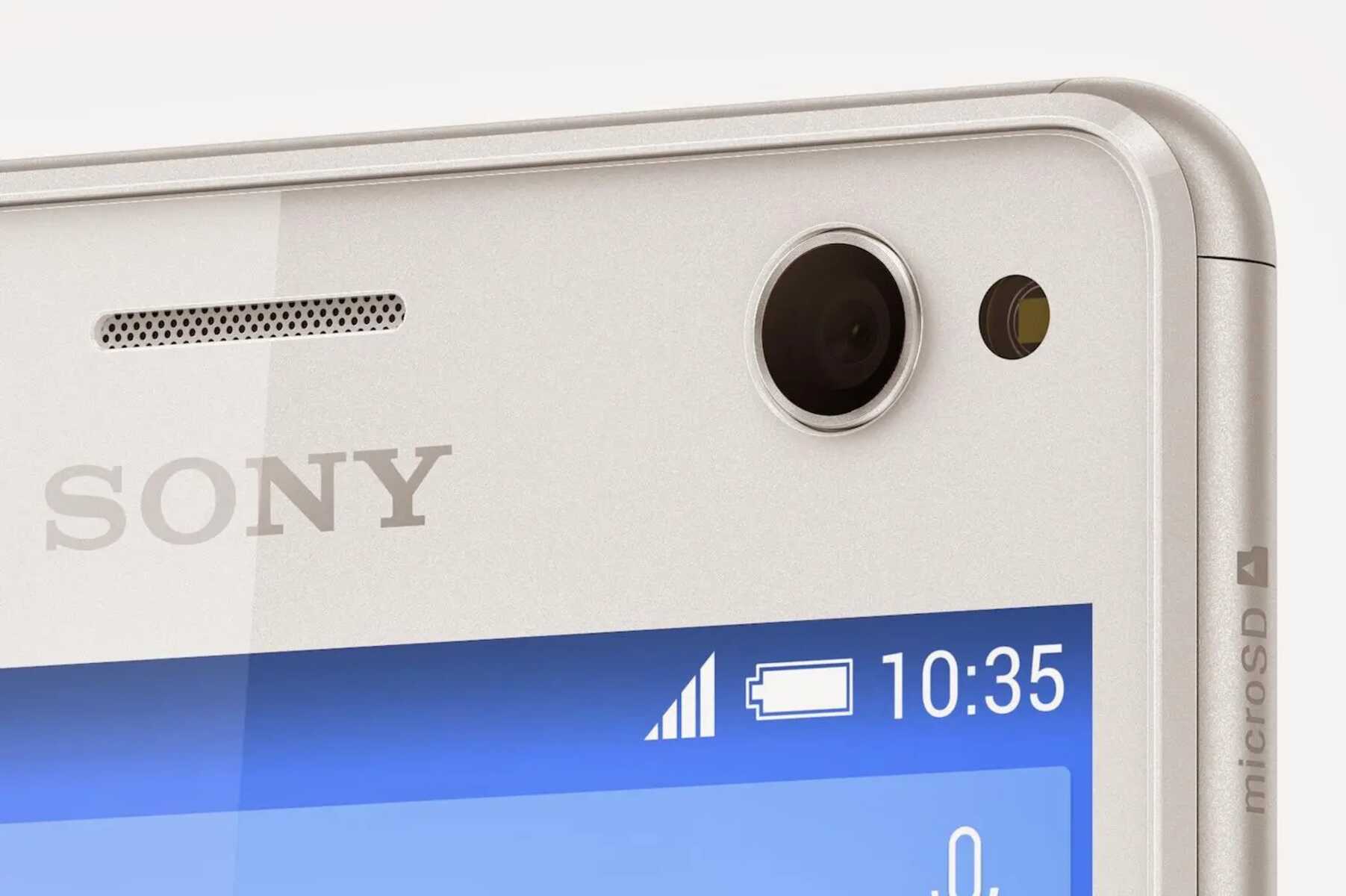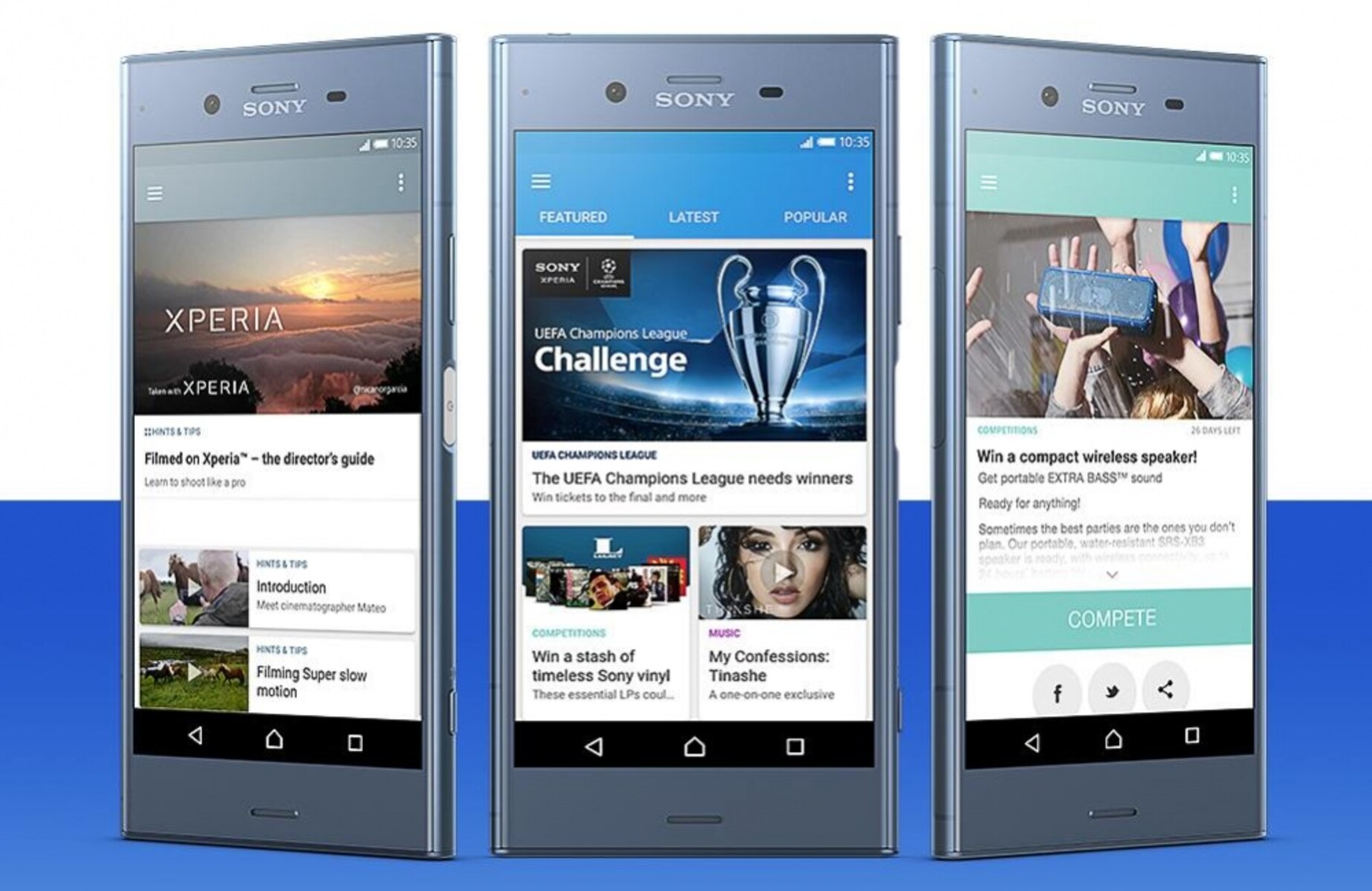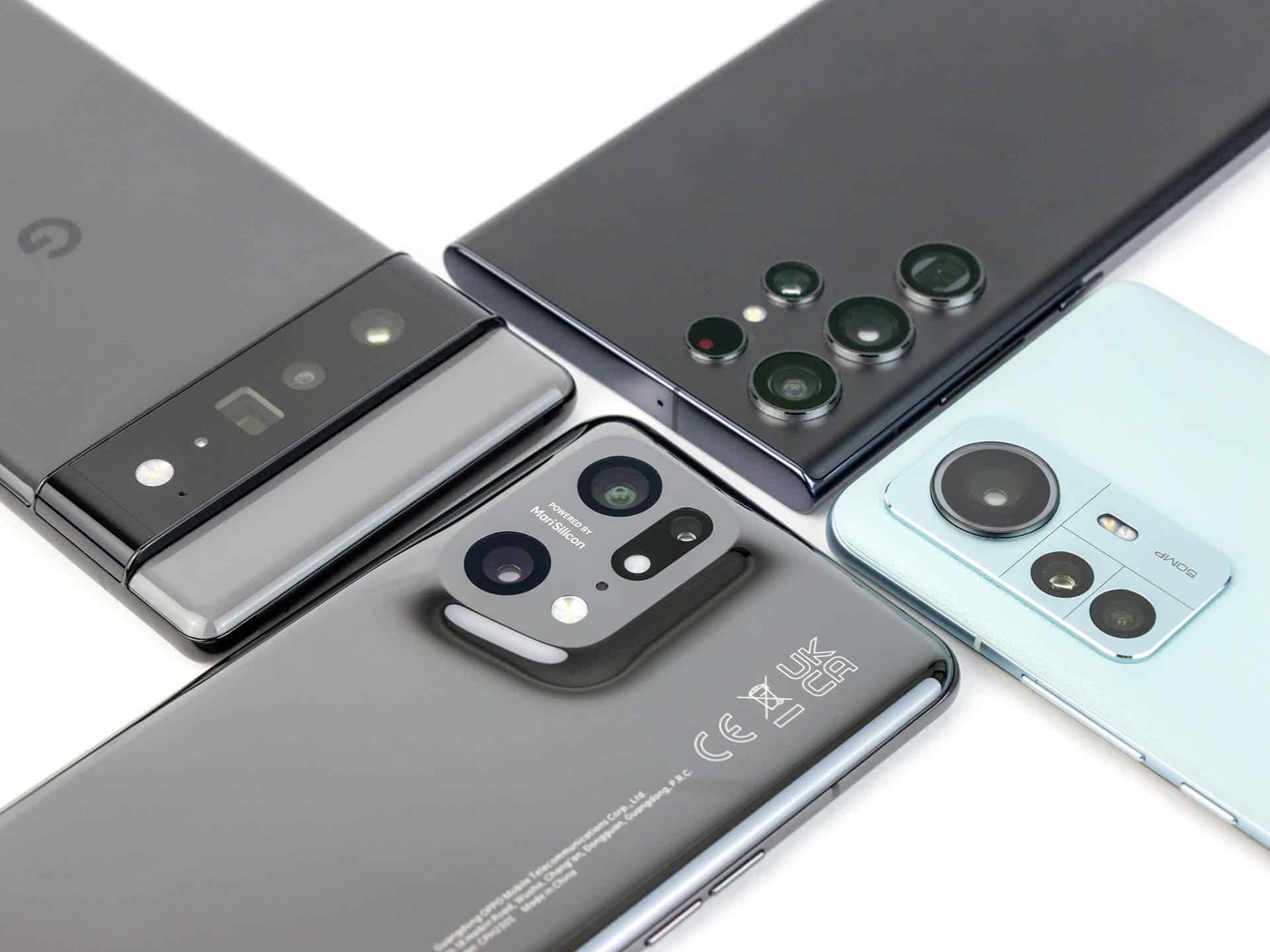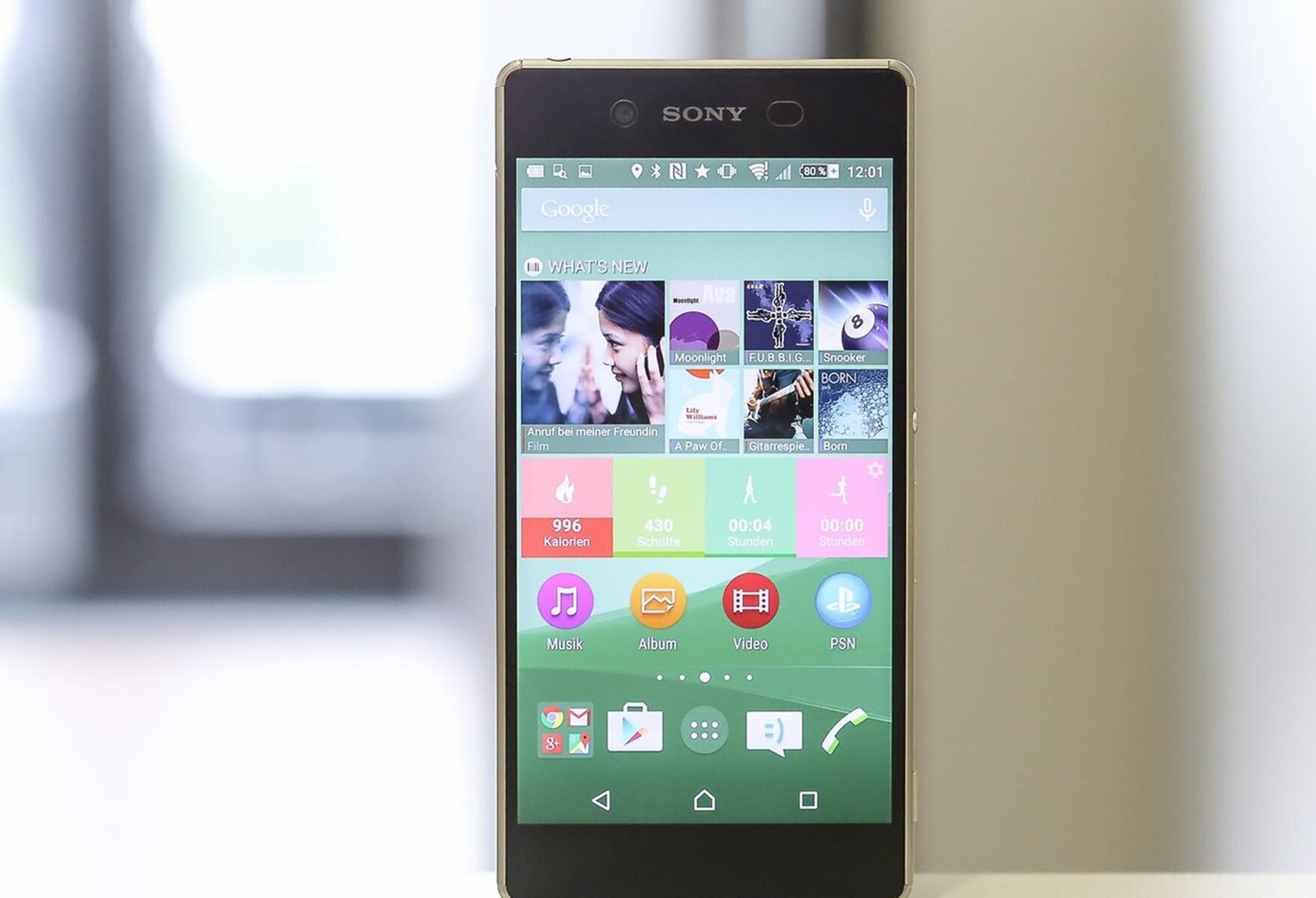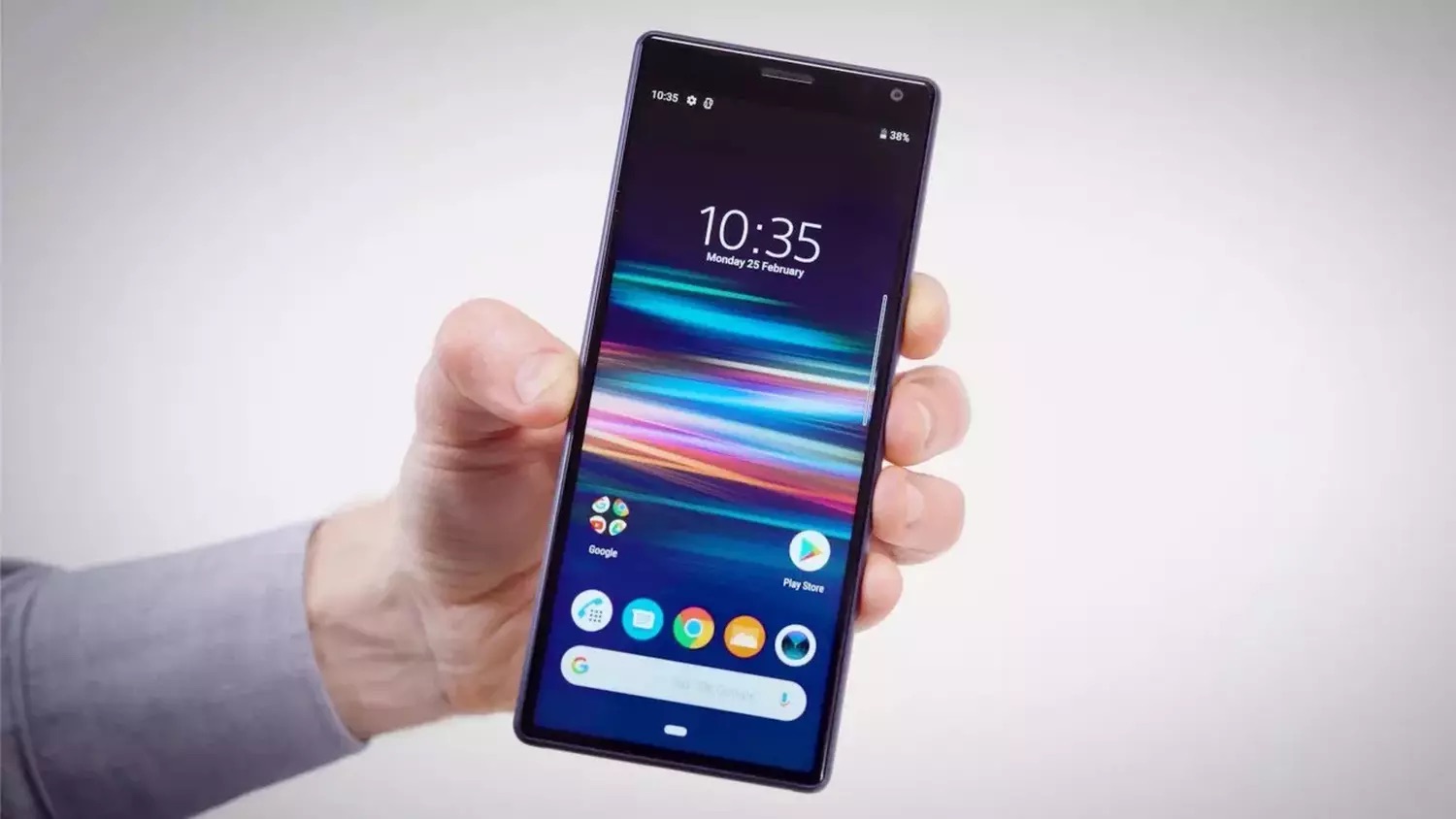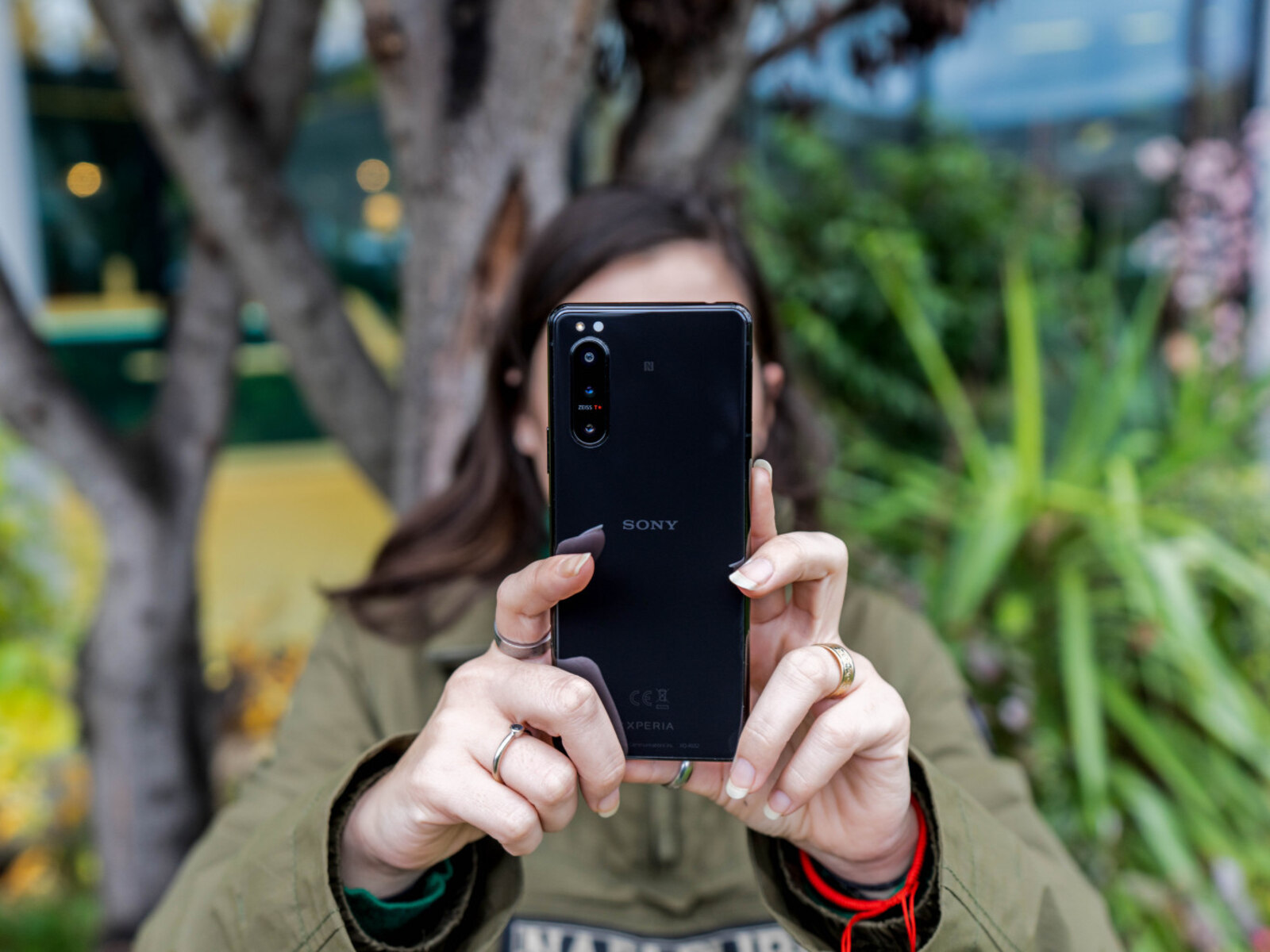Introduction
The Sony Xperia series has long been a prominent player in the mobile devices market, boasting a legacy of innovation and cutting-edge technology. However, despite its strong brand recognition and a history of producing high-quality devices, the Xperia line has faced challenges in achieving the level of success seen by its competitors. In this article, we will delve into the various factors that have contributed to the lack of success for Sony Xperia phones, shedding light on the intricate dynamics of the mobile devices industry and the unique challenges faced by Sony in this competitive landscape.
The journey of Sony Xperia phones is a tale of ambition, technological prowess, and the relentless pursuit of excellence. Over the years, Sony has consistently strived to push the boundaries of mobile technology, introducing features and capabilities that have set new benchmarks in the industry. Despite these efforts, the Xperia line has encountered obstacles that have hindered its widespread adoption and market dominance.
As we embark on this exploration, it is essential to recognize the significance of the Xperia brand within the broader context of the mobile devices market. By understanding the historical trajectory, market dynamics, product features, marketing strategies, and consumer perceptions surrounding Sony Xperia phones, we can gain valuable insights into the multifaceted reasons behind the brand's struggle to attain the level of success commensurate with its potential.
Through a comprehensive analysis of these factors, we aim to unravel the complexities that have shaped the trajectory of Sony Xperia phones, offering a nuanced perspective on the challenges and opportunities that lie at the intersection of innovation, consumer preferences, and market dynamics. Join us as we embark on a journey to uncover the underlying reasons behind the lack of success for Sony Xperia phones, unraveling the intricate tapestry of the mobile devices landscape and the unique position occupied by the Xperia brand.
History of Sony Xperia Phones
The history of Sony Xperia phones is a captivating narrative that intertwines technological innovation, design excellence, and a relentless pursuit of pushing the boundaries of mobile devices. The journey began with the introduction of the first Xperia smartphone in 2008, marking Sony's foray into the competitive realm of mobile technology. From its inception, the Xperia line aimed to embody the ethos of Sony's renowned legacy in consumer electronics, leveraging the company's expertise in audio-visual technology, design aesthetics, and engineering prowess.
With a commitment to delivering a seamless integration of hardware and software, Sony Xperia phones quickly garnered attention for their sleek, minimalist design and advanced multimedia capabilities. The brand's early offerings set a precedent for incorporating cutting-edge features, such as high-resolution displays, powerful camera systems, and water-resistant designs, positioning Xperia devices as formidable contenders in the smartphone market.
As the Xperia series evolved, Sony continued to demonstrate a penchant for innovation, introducing pioneering technologies that set new industry standards. From the integration of high-fidelity audio enhancements to the development of advanced camera functionalities and display technologies, each iteration of Xperia phones showcased Sony's unwavering dedication to redefining the mobile experience.
Moreover, Sony's commitment to seamless connectivity and ecosystem integration further distinguished the Xperia line, offering users a cohesive ecosystem that seamlessly integrated smartphones, tablets, and other connected devices. This holistic approach aimed to provide a unified user experience, aligning with Sony's vision of delivering a comprehensive digital lifestyle platform.
Despite these advancements, the history of Sony Xperia phones also reflects the challenges faced by the brand in a fiercely competitive market. While Sony's commitment to technological innovation and design excellence remained unwavering, the Xperia line encountered hurdles in gaining widespread market traction and capturing the same level of consumer mindshare as its competitors.
The historical trajectory of Sony Xperia phones serves as a testament to the brand's enduring pursuit of excellence, technological innovation, and a commitment to delivering a compelling mobile experience. As we delve deeper into the factors influencing the lack of widespread success for Sony Xperia phones, it is essential to contextualize the brand's historical journey within the broader landscape of the mobile devices industry, unraveling the intricate dynamics that have shaped the Xperia series' trajectory.
This historical context sets the stage for a comprehensive exploration of the multifaceted factors that have contributed to the challenges faced by Sony Xperia phones, offering valuable insights into the brand's evolution, technological advancements, and the unique position it occupies within the competitive mobile devices market.
Market Analysis
The market analysis of Sony Xperia phones unveils a landscape characterized by intense competition, evolving consumer preferences, and dynamic industry trends. Within the realm of mobile devices, the market is fiercely contested, with established players and emerging contenders vying for consumer attention and market share. Sony Xperia phones have navigated this landscape, facing a myriad of challenges and opportunities that have shaped their market trajectory.
One of the pivotal aspects of the market analysis pertains to the competitive dynamics within the mobile devices industry. Sony Xperia phones have encountered formidable competition from established smartphone manufacturers, each wielding their unique strengths in hardware innovation, software optimization, and brand recognition. The presence of dominant players in the market has posed challenges for Sony in carving out a distinct market position and capturing significant mindshare among consumers.
Moreover, the market analysis also sheds light on the evolving preferences and expectations of consumers in the mobile devices segment. As the industry continues to witness rapid technological advancements and shifting consumer behaviors, the demand for smartphones has transcended mere utility, encompassing elements of design aesthetics, user experience, and ecosystem integration. Sony Xperia phones have grappled with aligning their product offerings with the evolving needs and desires of consumers, facing the imperative of striking a delicate balance between innovation and market relevance.
Furthermore, the market analysis underscores the significance of strategic partnerships, distribution channels, and market positioning in driving the success of mobile devices. Sony Xperia phones have navigated the intricacies of distribution networks, retail partnerships, and brand positioning, seeking to amplify their market presence and accessibility to consumers. The effectiveness of these strategic initiatives has played a pivotal role in influencing the brand's market performance and consumer reach.
In essence, the market analysis of Sony Xperia phones encapsulates a dynamic landscape characterized by competitive forces, evolving consumer dynamics, and strategic imperatives. By delving into the intricate dynamics of the mobile devices market, we gain valuable insights into the multifaceted factors that have influenced the market trajectory of Sony Xperia phones, offering a nuanced perspective on the brand's positioning, challenges, and opportunities within this dynamic ecosystem.
Product Features and Innovation
The realm of product features and innovation has been a cornerstone of Sony Xperia phones, encapsulating a relentless pursuit of technological advancement and user-centric design. From the inception of the Xperia series, Sony has consistently endeavored to imbue its devices with a myriad of cutting-edge features and pioneering innovations, setting new benchmarks in the mobile devices landscape.
At the heart of Sony Xperia phones lies a commitment to delivering an immersive multimedia experience, underpinned by a fusion of high-fidelity audio, vibrant displays, and advanced camera capabilities. The integration of high-resolution displays, coupled with Sony's expertise in audio-visual technologies, has positioned Xperia devices as formidable contenders in the realm of multimedia consumption. Furthermore, the brand's emphasis on camera innovation has yielded advancements such as advanced image processing, low-light performance, and video recording capabilities, catering to the diverse needs of users.
Moreover, Sony Xperia phones have been at the forefront of embracing water-resistant designs, a feature that has resonated with consumers seeking durable and resilient devices. This commitment to durability and reliability has underscored Sony's dedication to delivering devices that seamlessly integrate into users' lifestyles, transcending the conventional boundaries of smartphone functionality.
In the realm of software innovation, Sony has sought to differentiate its Xperia devices through a cohesive and intuitive user interface, complemented by a suite of proprietary applications and features. The brand's approach to software optimization has aimed to deliver a seamless and responsive user experience, aligning with the ethos of user-centric design and functionality.
Furthermore, Sony's foray into 5G technology has exemplified the brand's forward-looking approach to connectivity and network capabilities, positioning Xperia devices at the forefront of the 5G revolution. This strategic integration of 5G technology underscores Sony's commitment to embracing future-ready innovations, catering to the burgeoning demands for high-speed connectivity and network performance.
In essence, the product features and innovation embedded within Sony Xperia phones reflect a tapestry of technological prowess, user-centric design, and a commitment to redefining the mobile experience. By consistently pushing the boundaries of innovation, Sony has endeavored to deliver devices that resonate with consumers, offering a compelling blend of advanced features, durability, and multimedia capabilities. This relentless pursuit of innovation has positioned Sony Xperia phones as exemplars of technological excellence, setting a precedent for the convergence of cutting-edge features and user-centric design in the realm of mobile devices.
Marketing and Branding
The marketing and branding strategies employed by Sony Xperia phones have played a pivotal role in shaping the brand's positioning, consumer perception, and market resonance. From a strategic standpoint, Sony has leveraged its rich legacy in consumer electronics and its iconic brand identity to carve a distinct niche for Xperia devices in the competitive mobile devices landscape.
Central to Sony's marketing approach has been the emphasis on highlighting the brand's heritage of technological innovation, design excellence, and a commitment to delivering a compelling user experience. Through targeted marketing initiatives, Sony has sought to underscore the unique value proposition offered by Xperia phones, positioning them as embodiments of Sony's legacy of quality, reliability, and cutting-edge technology.
Moreover, the branding efforts surrounding Sony Xperia phones have centered on fostering a cohesive brand identity that resonates with consumers. The Xperia brand has been positioned as a symbol of sophistication, technological prowess, and a seamless integration of hardware and software. This strategic branding approach has aimed to instill a sense of trust and confidence in consumers, reinforcing the notion that Xperia devices embody the hallmark attributes of the Sony brand.
Furthermore, Sony has strategically aligned its marketing endeavors with the evolving consumer preferences and market trends, seeking to amplify the visibility and desirability of Xperia phones. Through targeted advertising campaigns, digital outreach, and experiential marketing initiatives, Sony has endeavored to showcase the unique features, design aesthetics, and technological innovations that distinguish Xperia devices in a crowded marketplace.
In addition, the brand's emphasis on ecosystem integration and seamless connectivity has been a focal point of its marketing efforts, highlighting the interconnectedness of Xperia devices with other facets of Sony's product portfolio. This holistic approach has aimed to position Xperia phones as integral components of a comprehensive digital lifestyle ecosystem, resonating with consumers seeking a unified and interconnected user experience.
In essence, the marketing and branding strategies surrounding Sony Xperia phones have been instrumental in shaping the brand's perception, market positioning, and consumer appeal. By leveraging its brand heritage, technological prowess, and a keen understanding of consumer dynamics, Sony has sought to amplify the resonance of Xperia devices, positioning them as exemplars of innovation, design excellence, and a seamless integration of hardware and software.
Competition
The realm of mobile devices is fiercely contested, with a myriad of established players and emerging contenders vying for consumer attention and market dominance. Within this dynamic landscape, Sony Xperia phones have encountered formidable competition from industry giants and innovative disruptors, each wielding their unique strengths in hardware innovation, software optimization, and brand recognition.
At the forefront of the competition lies a cohort of leading smartphone manufacturers, including industry stalwarts such as Apple and Samsung. These global juggernauts have solidified their positions through a combination of brand recognition, ecosystem integration, and a relentless pursuit of technological innovation. Apple's iconic iPhone lineup has garnered a dedicated global following, characterized by a seamless integration of hardware and software, coupled with a robust ecosystem of services and accessories. Similarly, Samsung's Galaxy series has established itself as a paragon of design excellence, featuring cutting-edge displays, powerful camera systems, and a diverse product portfolio that caters to a wide spectrum of consumer preferences.
Furthermore, the mobile devices landscape has witnessed the rise of innovative challengers, such as Chinese smartphone manufacturers Xiaomi, Huawei, and OnePlus. These companies have disrupted the market with a blend of competitive pricing, feature-rich devices, and a rapid pace of technological advancement. Xiaomi, known for its value-driven offerings, has gained traction in global markets, offering a compelling alternative to established brands. Similarly, Huawei's technological prowess in camera innovation and network capabilities has positioned its devices as formidable contenders in the global smartphone arena. Additionally, OnePlus has carved a niche for itself by delivering high-performance devices with a focus on user experience and community engagement, resonating with tech-savvy consumers seeking a blend of performance and affordability.
The competitive landscape surrounding Sony Xperia phones is further accentuated by the emergence of niche players and regional contenders, each seeking to capture market share through specialized offerings and targeted strategies. These dynamics underscore the multifaceted nature of competition within the mobile devices industry, presenting Sony with the imperative of navigating a diverse array of rivals while carving out a distinct market position for Xperia devices.
In essence, the competition facing Sony Xperia phones encapsulates a dynamic interplay of global heavyweights, innovative disruptors, and niche contenders, each contributing to a vibrant and fiercely contested mobile devices landscape. By understanding the diverse array of competitors and their unique value propositions, we gain valuable insights into the intricate dynamics that have shaped the competitive trajectory of Sony Xperia phones, offering a comprehensive perspective on the brand's positioning within this dynamic ecosystem.
Consumer Perception
Consumer perception plays a pivotal role in shaping the trajectory of Sony Xperia phones within the competitive mobile devices landscape. The manner in which consumers perceive Xperia devices, encompassing their brand affinity, product desirability, and overall satisfaction, holds profound implications for the market resonance and success of Sony's smartphone lineup.
At the heart of consumer perception lies the amalgamation of brand identity, product experience, and market positioning. Sony Xperia phones have garnered a diverse spectrum of perceptions among consumers, reflecting the interplay of factors such as design aesthetics, technological innovation, and brand affinity. For a segment of consumers, Xperia devices embody a symbol of technological sophistication, synonymous with Sony's legacy of audio-visual excellence and design prowess. This perception is underpinned by the brand's commitment to delivering high-fidelity audio, vibrant displays, and advanced camera capabilities, resonating with users seeking a multimedia-centric smartphone experience.
Furthermore, consumer perception of Sony Xperia phones is influenced by the brand's historical legacy, with Sony's longstanding reputation as a purveyor of high-quality consumer electronics shaping the expectations and desirability of Xperia devices. The brand's emphasis on durability, reliability, and seamless integration of hardware and software has engendered a perception of Xperia phones as devices that seamlessly integrate into users' lifestyles, transcending the conventional boundaries of smartphone functionality.
However, consumer perception is a multifaceted tapestry, encompassing a diverse array of sentiments and viewpoints. While a segment of consumers holds a favorable perception of Xperia devices, recognizing their technological prowess and design excellence, others may perceive the brand's market positioning, distribution, or competitive landscape as influential factors in their purchasing decisions. Additionally, the evolving market dynamics, competitive offerings, and shifting consumer preferences contribute to the fluidity of consumer perception, necessitating a nuanced understanding of the intricate interplay of factors that shape the desirability and market resonance of Sony Xperia phones.
In essence, consumer perception serves as a barometer of the brand's resonance and market positioning, reflecting the amalgamation of historical legacy, product experience, and competitive dynamics. By delving into the multifaceted dimensions of consumer perception, we gain valuable insights into the nuanced interplay of factors that have influenced the market trajectory of Sony Xperia phones, offering a comprehensive perspective on the brand's positioning within the dynamic and evolving mobile devices landscape.
Conclusion
In conclusion, the lack of widespread success for Sony Xperia phones is a multifaceted outcome shaped by a confluence of factors spanning market dynamics, product positioning, consumer perception, and competitive forces. The historical journey of Sony Xperia phones reflects a legacy of technological innovation, design excellence, and a relentless pursuit of delivering a compelling mobile experience. However, despite these inherent strengths, the Xperia line has encountered challenges in gaining widespread market traction and capturing the same level of consumer mindshare as its competitors.
The market analysis of Sony Xperia phones unveils a landscape characterized by intense competition, evolving consumer preferences, and dynamic industry trends. Within this dynamic ecosystem, Sony has navigated the challenges posed by established players and emerging contenders, seeking to align its product offerings with the evolving needs and desires of consumers. The competitive dynamics within the mobile devices industry, coupled with the imperative of strategic partnerships and market positioning, have influenced the brand's market trajectory and consumer reach.
Furthermore, the product features and innovation embedded within Sony Xperia phones exemplify a relentless pursuit of technological advancement and user-centric design. From high-fidelity audio to water-resistant designs and 5G integration, Xperia devices have showcased a commitment to delivering a compelling blend of advanced features, durability, and multimedia capabilities. However, the translation of these innovations into market resonance and consumer desirability has been influenced by a myriad of external factors, underscoring the intricate dynamics at play.
The marketing and branding strategies surrounding Sony Xperia phones have sought to amplify the resonance of the brand, leveraging Sony's rich heritage and technological prowess to position Xperia devices as exemplars of innovation and design excellence. By aligning its marketing endeavors with evolving consumer preferences and market trends, Sony has endeavored to showcase the unique features, design aesthetics, and technological innovations that distinguish Xperia devices in a crowded marketplace.
Consumer perception serves as a pivotal determinant of the brand's resonance and market positioning, reflecting the interplay of historical legacy, product experience, and competitive dynamics. The diverse spectrum of consumer perceptions surrounding Sony Xperia phones underscores the nuanced nature of market resonance and the imperative of aligning brand identity with consumer expectations and preferences.
In essence, the lack of widespread success for Sony Xperia phones is a nuanced outcome shaped by a convergence of market forces, consumer dynamics, and competitive landscapes. By unraveling the multifaceted factors that have influenced the trajectory of Sony Xperia phones, we gain valuable insights into the challenges and opportunities that define the brand's position within the dynamic and evolving mobile devices landscape.







